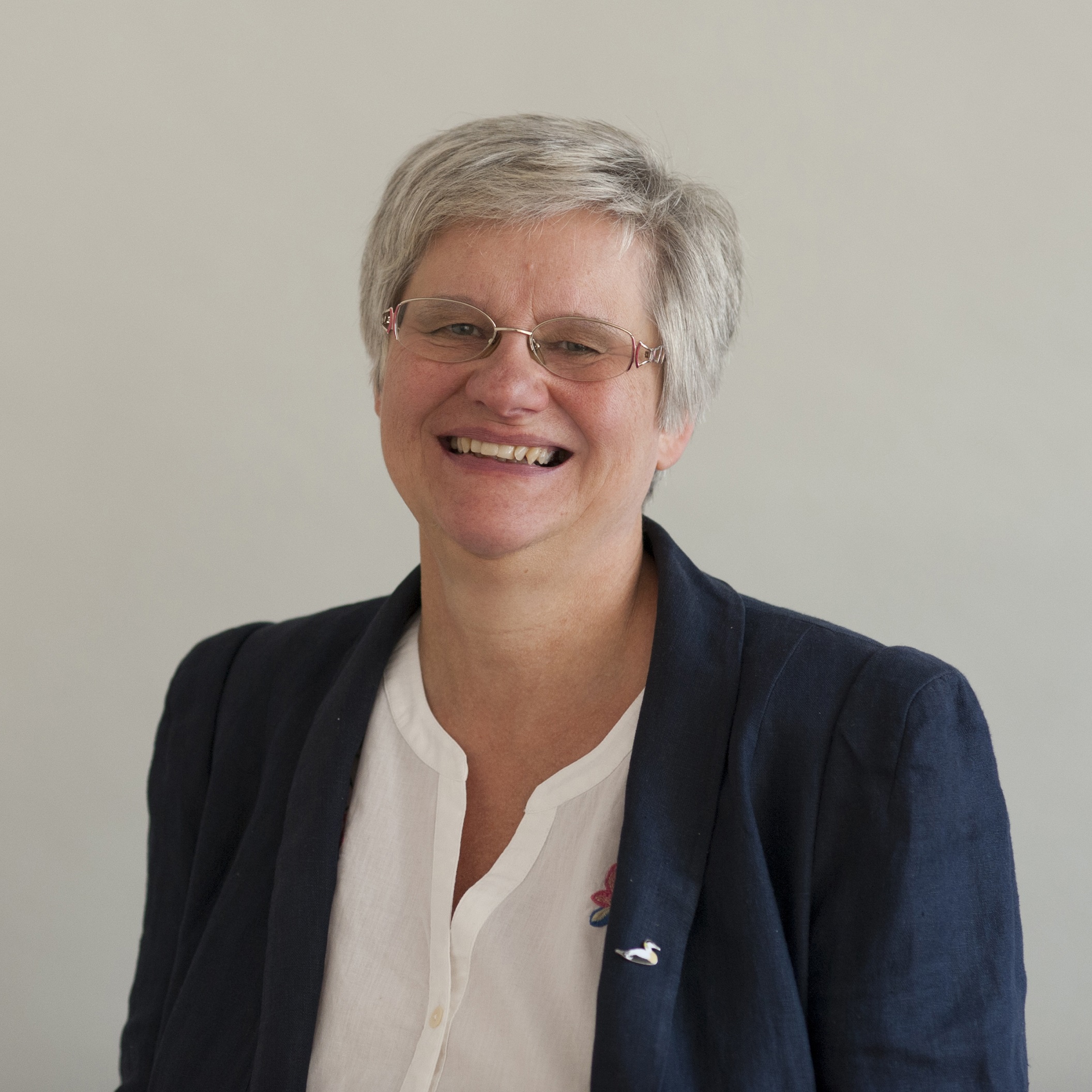A statement from Erica Cadbury, Chair of Barrow Cadbury Trust
The killing of George Floyd in the US, together with the spotlight on the origins of philanthropic capital, taken up around the world by the Black Lives Matter movement, has prompted Barrow Cadbury Trust to scrutinise more closely the early commercial activities of Cadburys, specifically in relation to the labour which produced cocoa and sugar. We have asked ourselves “how was the wealth of the business, and therefore the endowment of the Trust, created?” The wealth which ultimately provided the endowment which funds, and has funded, the Barrow Cadbury Trust’s work for a century.
In the spirit of transparency, we want to answer honestly any questions our partners and colleagues, and the organisations we support, might have about the origins of funds of the Trust. We also recognise that governing a family foundation is both public service and a great privilege in equal measure. Although our board is still comprised mainly of family, we do also recruit non-family trustees who bring complementary skills and perspectives.
For those not familiar with the Barrow Cadbury Trust, it is celebrating its 100th anniversary of social justice work this year. Our founders, Barrow and Geraldine Cadbury, were very different from other philanthropists in that they didn’t believe in helping only the so-called ‘deserving poor’. True to their Quaker convictions, they believed that all humans were of equal value and entitled to equal treatment. Though our focus today has shifted from that of Barrow and Geraldine Cadbury in 1920, there are many elements which remain the same, particularly the focus on inequality and the importance of structural change.
The religious denomination known as Quakers was founded in the middle of the seventeenth century. The involvement of individual Quakers in the eighteenth century slave trade is problematical. Eric Williams, in his groundbreaking book ‘Capitalism and Slavery’ (first published in 1944) found that: “Quaker non-conformity did not extend to the slave trade. In 1756 there were 84 Quakers listed as members of the [West India] Company trading to Africa, among them the Barclay and Baring families. Slave dealing was one of the most lucrative investments of English as of American Quakers.”. In the course of the eighteenth century both American and British Quakers sought to outlaw the ownership of and profit from slavery amongst individual Quakers. In 1774, in America, after the campaigns of John Woolman and Benjamin Lay, any Quaker owning slaves was expelled from the community. At the beginning of the 19th century in Britain, as the abolitionist movement gained traction, many Quakers were involved in campaigning for it and supporting William Wilberforce. During the civil war American Quakers were active in the “underground railroad” which enabled slaves to reach freedom through networks of safe houses.
This, however, pre-dates the Cadbury cocoa business which was started in 1824, 17 years after the 1807 Slave Trade Act. By 1833 slavery had been formally abolished under the Slavery Abolition Act, though it is common knowledge that it was many years before slavery truly ended, and there was considerable political and commercial resistance for decades. The common view was that as pro-abolitionists, the Cadburys did not knowingly do business with plantations which used enslaved or indentured labour. And, for the most part, it appears they did not.
In the early 20th Century William Cadbury, Barrow’s brother and fellow board member of Cadbury Brothers discovered that the firm was buying cocoa from plantations in the Portuguese colonies Sao Tome and Principe, where there were indentured labourers – as good as slaves. The matter was investigated over several years, but the issue it does not seem to have been pursued with great haste although eventually the firm moved their business elsewhere. An investigative journalist Henry Nevinson took up the issue but it was successfully challenged in court by William Cadbury as a libel. You can read more here. Other than that, we can find no evidence of any support of the slave trade itself – direct or indirect – in the commercial activities of Cadburys. But we cannot be 100% certain.
So, how has the Barrow Cadbury Trust’s endowment been used for a century? The concern of Barrow’s uncle, George Cadbury, in addressing the fundamental causes of poverty, was a huge influence on Barrow. To this end George Cadbury had created Bournville, a model village for the workforce and other residents , with decent housing, gardens, and green spaces. He also argued strongly for effective intervention from central and local government to do something about the shocking poverty of late Victorian society. For the Cadbury family, a better, fairer society could only be achieved by a combination of state action and individual effort. With their increasing wealth and influence Barrow and Geraldine Cadbury were in a position to encourage both and address the root causes of social problems. The introduction of welfare reforms during the Liberal government of 1906 were wholly supported.
This continued with the foundation of the Barrow and Geraldine S Cadbury Trust in 1920 (renamed as Barrow Cadbury Trust in 1994) and throughout the following century.
Undoubtedly in the present there is still a huge amount of work to be done on structural and racial inequality, and these have been areas of the Trust’s work for many decades. As a relatively small foundation we are involved in policy, advocacy and campaigning, rather than service delivery. And we are strong supporters of BAME-led and other equalities infrastructure, as well as working on migration issues with migrant organisations. We are committed to tackling racism in all its forms and believe that the best way to do this is by building alliances. There is still so much to do, we welcome this renewed focus on such vital issues and are by no means complacent about what it will take to move the dial.
Erica Cadbury
July 2020

